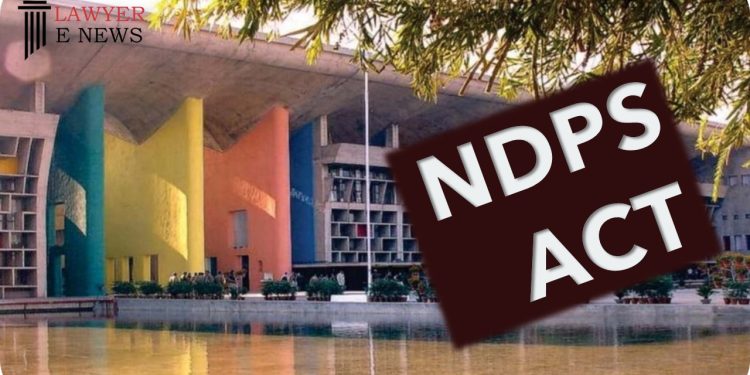S.42 NDPS Act only Applicable To Parked Vehicle Not to Vehicle “In Transit” : P&H High Court

The Punjab & Haryana High Court has emphasised that the power to enter, search, seize, and arrest without a warrant or authorization (Section 42 of the NDPS Act) only applies to searches of buildings, conveyances, or enclosed spaces, which includes “parked cars.”
However, automobiles “in transit” are covered under Section 43 of the Act, which grants power to seize and arrest in public places.
The High Court emphasised that Section 42 requires recording of grounds in writing prior to executing a search and seizure, whereas Section 43 allows an empowered official to directly search, seize, and make an arrest. This further clarifies the disparities between the two laws.
The petitioners’ bail applications were before the court; commercial amounts of heroin had been taken from their possession. It was decided that a search warrant is not necessary when a vehicle is being searched while it is moving, even if the search is being conducted after dusk by an unregistered officer.
High Court went on to say that while an accused’s past behaviour cannot be used as a reason to deny his request for bail ipso facto, it is important to keep in mind the restrictions of Section 37. Under this provision, a bail application cannot be denied unless the court has good reason to believe that the accused is innocent and not likely to commit an offence while free on bail.
In a matter brought before the court under Section 21 of the Narcotic Drugs and Psychotropic Substances Act, 1985, ordinary bail pleas were being heard. The immediate order was issued in order to resolve three petitioners’ bail requests after commercial quantities of heroin were found on their person.
The police searched three people in accordance with Sections 49 and 50 of the NDPS Act after receiving secret information about the case, and they found 600 grammes, 550 grammes, and 370 grammes of heroin from them as a result. All three accused parties’ bail pleas were consolidated by the court for a joint decision.
The court held that there is a distinction between a search of a building, conveyance, or enclosed place conducted under provisions of Section 42 of the Act and a search of a vehicle in “transit” in terms of Section 43 of the Act with regard to violations of Sections 42, which deals with the power of entry, search, seizure, and arrest without warrant or authorization, and Section 43, which deals with the power of seizure and arrest in public place.
The key distinction between Sections 42 and 43 is that, while Section 42 calls for the recording of grounds for suspicion and the taking down of written information regarding the commission of an offence before conducting a search and seizure, Section 43 does not include any such provision. As a result, when acting under Section 43 of the Act, the empowered officer has the authority to seize the item, etc., and to detain a person who has committed the offence.
It is plausible to assume that if Sections 42 and 43 of the Act are read together, the requirements of Section 42 of the Act would not apply if a conveyance is intercepted or apprehended in a public setting or while in motion.
Mandeep Kaur
Vs
State of Punjab , with connected matters






